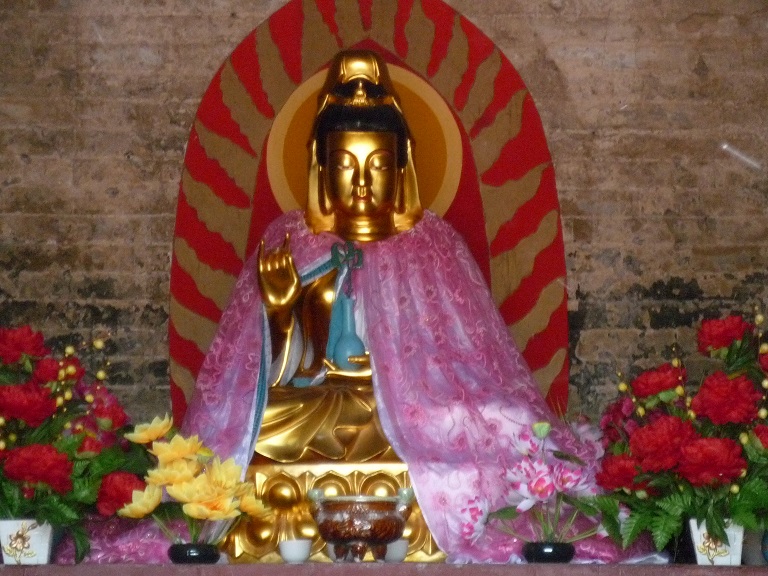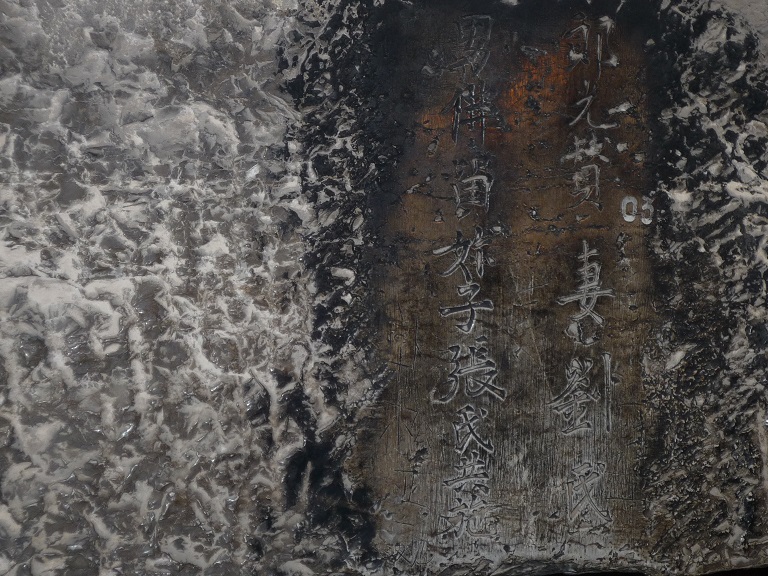Fieldnotes from History
From my former professor and lifelong teacher, Rob LaFleur
[1]:
"I don't think that enough has been said about how notes of all kinds
'change' over time or
how people take notes about things that happened a long time ago. Don't get me wrong. It is not as though the library shelves are empty on these topics. It is just that I think much more needs to be said about it and--above all else--we need to see more
examples of how people take notes. It is one of those "personal" things that tend not to be shared widely. There are reasons for this, not the least being that, well, it is
personal. It remains just a little too mysterious, if you ask me, and every generation of historians and anthropologists (and other people who take notes) has to rediscover it for itself--one-by-one, alone and with little guidance."
I highly recommend reading the rest of Rob LaFleur's introduction, his own
Fieldnotes from History, and pretty much anything else on his blog,
Round and Square, updated daily.
What follows are some of my own "fieldnotes from history"... and by "history" I mean August 2009, my first semester abroad in China, and by "fieldnotes" I mean written assignments for our study abroad class which focused on exploring and experiencing the city of Kaifeng.
I've written and
posted elsewhere a more comprehensive, polished, and nostalgic set of memoirs on a lot of these same experiences, but I just recently rediscovered the original notebook that I wrote my notes in as I walked through the streets or sat in a park observing the city around me... or (less romantically) sat in my dorm room late at night trying to remember what I
hadn't written earlier that day, because I suck at taking notes.
Some of these observations still feel fairly accurate; some of them I cringe to read (this happens with all of my writing). I will, as far as possible, resist the temptation to explain, qualify, or apologize for any of these notes; just bear in mind that this first entry appears to have been written
the day after I arrived in China. Okay, that's all, I promise....
All of these fieldnotes were written in August of 2009:
I do not have so vivid a memory as Ellen Underwood, and find myself unable to relate my experience in sequential images. The following is thus an attempt to give these experiences form thematically, starting with:
1)
Italy: as I've already informed anyone willing to listen, the city brings to mind my lasting impression of Italy (a site I haven't revisited since I was twelve), an impression of chaos in movement. Cars darting in and out of barely-recognized lanes, vehicles of every other description doing the same, horns talking, pedestrians walking through the jumble as though blind; and all of this done with the most relaxed, natural attitude, as though on the streets of Kaifeng and Rome man has truly found his element. This impression of both cities is one of movement, of an essential fluidity that keeps the city's lifeblood circulating. It is also a freedom, bordering on chaos, that prevents objects from going static for too long. The paths of the city are very much alive to me.
2)
Quiet places: in the midst of all this movement, there are fleeting scenes that seem to carry a different sense of timing with them, like pockets of eternity hidden in a world that changes by seconds. One such scene I recorded briefly in my notes walking--at a break in the road, I see a residential area - a guy is washing his feet from a bowl while geese walk nearby. In other quiet places I found the same sensation--a farmers market extending back into alleys choked with mud (it had been raining), vendors selling their wares from the backs of trucks and on top of tarps. I don't know why I got such a different sense of time in these scenes, but they were scenes where I was more intensely aware of individuals where they were and what they were doing at that second. Yifu Tuan defined place as "a pause in movement," and that is how I think I related to these quieter places.
3)
Mixing it up:
a) Architecture: from a distance, what always fascinates me about old locales is old architecture, that idea of seeing history, and that's all I imagine in my mind thinking about it. When I get to the site, of course, I find what this imagination left out--the last few hundred years of human habitation, in effect, up to the present. Motorcars, dilapidated apartments, shops both modern and outdated. But seeing this, the divide between what I'd imagined and what I see doesn't really surprise me--as I wrote while walking, "it's a weird hybrid of what I imagined China to be and what I must have known it to be." Neither the old nor the (relatively) new seems out of place. You get the sense that it is what it is.
b) People: there aren't divisions based on wealth that I can find. People go through richer and poorer areas without seeming to notice. Not that they have much choice--to go from one to the other is the process of walking a block--and with the ever-present construction, it seems likely these blocks change on a regular basis. The result is that I didn't find any areas that, in America, I would identify as a "bad" area--there were areas with paved streets and areas with mud (again, it had been raining), areas where teenagers went into fancy shops and areas where kids played in the mud and trash, but it seemed as though there were a lot of the same people in both. There are a number of ways to reflect on this--first, there is no apparent ethnic divide in Kaifeng, which still seems present and defining in American cities. Of course, in American cities as well, there are people living in both the "good" and "bad" areas, so I'm not sure what the differentiation is there--if there is truly a difference in kind between these areas in Kaifeng and American cities, if there is a difference in perception of these areas by Chinese and Americans, or if I myself am only seeing it differently due to the newness of the situation.
























